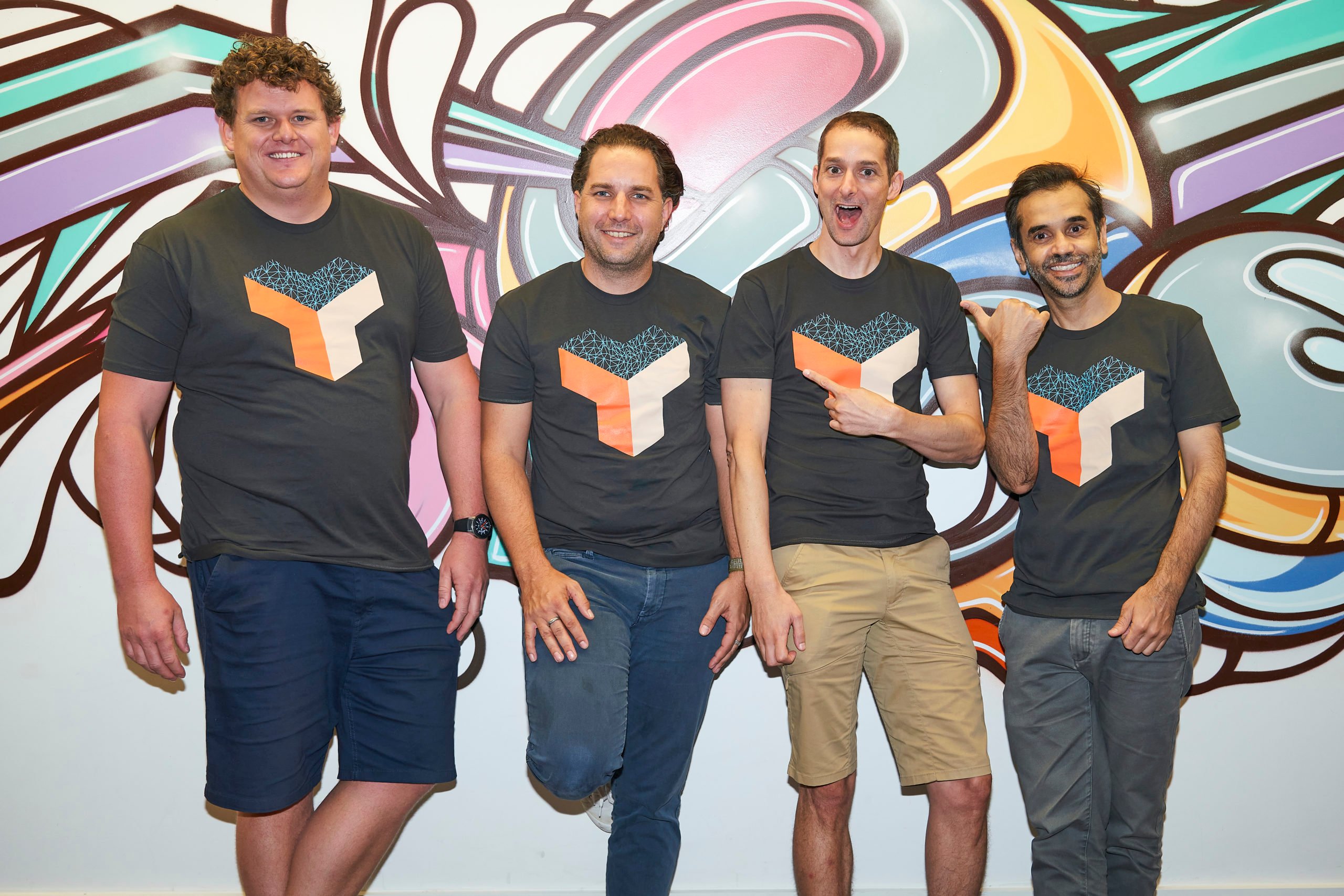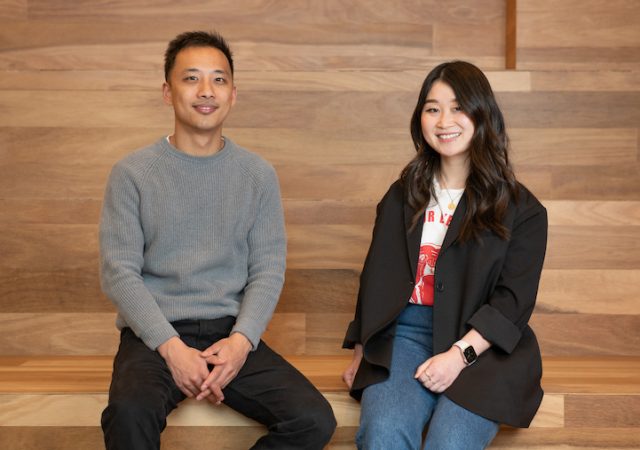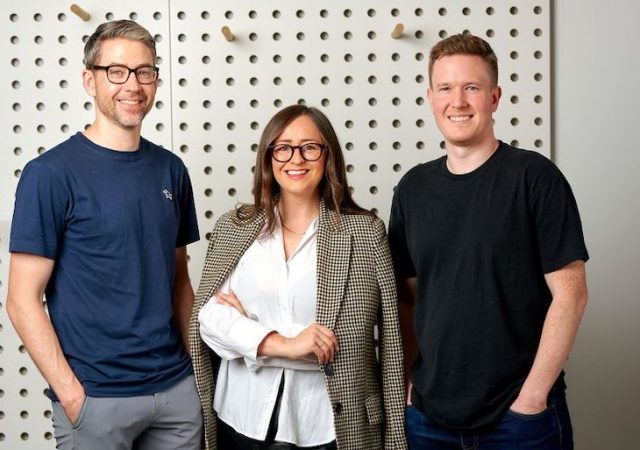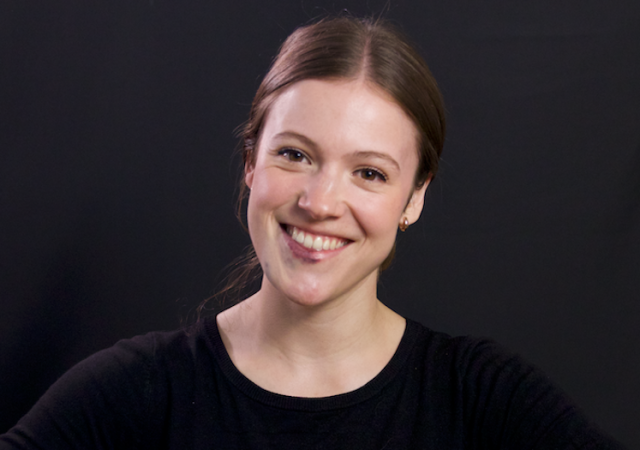I recently supported Hivery in raising A$8mm Series A capital from Blackbird and AS1 Growth Partners
Hivery’s suite of products aim to maximise return on retail space (RoRS) using AI and machine learning
Below I have summarised our journey from a high level, with lessons from the Hivery Founders (Jason, Franki, Matt, Menkes) included where chronologically relevant.
In 2019 we had a goal of raising capital…
I must admit at the outset that several factors made this deal easier than others.
- Excellent founders
- Products with good traction
- A massive market
- A solution to a problem being faced across the board in this massive market
- Complicated tech, being made accessible by high calibre data scientists developers and UX/UI pro’s
Founder lesson 1: “There are only a few key things most VCs look at to understand and get excited about a deal: the problem you are solving, the size of the opportunity, the strength of the team, the level of competition or competitive advantage that you have, your plan of attack, and current status. Summary financials, use of proceeds, and milestones are also important. Most good investor presentations can be done in 10 slides or fewer.” — Brad Feld
Founder lesson 2: It will take longer than expected
A high-level review of our process, with lessons for founders
This is a summary of the process we implemented to achieve our goal.
By December Hivery had successfully raised A$8 million from two extremely well-regarded Australian VC’s (Blackbird and AS1 Growth Partners).
1. Discovery Phase
Before anything else, a clear understanding of the Hivery journey to date, future vision, and definition of success had to be established.
By way of preparation, the following questions need answers:
- Who will we approach (inclusive of what geographies)
- What quantum do we think we need?
- When do we need it?
- What period will it cover?
- Why do we need it?
At the outset, all of the above was unclear.
As in law, banking, consulting, medicine and engineering, tech founders and investors speak in their respective tongues.
In working with Hivery to find answers to the above questions, what we were doing was providing a translation service for the founders to communicate clearly with investors.
Founder lesson 3: No matter how great a company is according to the founders, it needs a clear framework for articulating it’s success, traction, and future vision to investors
Founder lesson 4: A company is only as investable as it’s message is clear
2. Package up the message
In the process of forming defensible answers to these questions, we produced the following “chunky” deliverables.
- Fact telling documents — financial models, pipeline models, hiring plans, market sizing, competitor landscape, problem/solution diagrams
- Storytelling documents — investor presentations
Delivering the above required a high level of engagement from senior management and product managers. The benefit of plugging into the team physically in Surry Hills was that I could call upon whoever I needed as and when I needed to fill a gap in either the facts or the story.
Founder lesson 5: The one thing you can guarantee about financial forecasts is that they will be wrong (particularly on the revenue side). The financial model for a tech startup is less about the accuracy of the forecasts, and more about the sensitivity of those forecasts to the inputs — A flexible framework for investors to overlay their beliefs about the future
Founder lesson 6: Costs are more reliable than revenue
Founder lesson 7: While it is important to be ambitious in painting the picture of the future (you are, after all, in sales mode), be conscious of the fact that if reality does not meet expectations, investors will want an explanation. A fine balance required here.
Founder lesson 8: Always think — my company is an investment — am I the right person to do this job or should I recruit?
3. Execute
- Getting the right documents in front of the right investor eyeballs, at the right time, in the right context, etc.
- This phase also includes everything relating to due diligence, deep-diving into customer contracts with investors, and any activity that involves direct engagement with an investor to secure investment
- We also raised a SAFE note (before Series A ) to bridge a short term funding requirement and give a select few the chance to invest before the main event
- Review of term sheets
Founder lesson 9: Become known to investors before deciding to raise (earlier the better)
Founder lesson 10: Do not underestimate the impact of raising capital the CEO’s involvement with day to day operations — it is an extremely distracting process, particularly for first timers
Founder lesson 11: If seeking assistance through capital raise experts — favour “doers” over advisers
Founder lesson 12: With term sheet negotiation; don’t fall in love with the valuation, fall in love with the right terms and investor partner(s). It’s a marriage after all
Founder lesson 13: Test your pitch early with investors who aren’t top of your target list — you will get better over time and you don’t want to make you mistakes on you A targets
Founder lesson 14: Find a way to manufacture urgency as early as possible in the raise — early on the power balance is all in the investors, later (when there are term sheets) it shifts when the company has options and investors start experiencing FOMO. Try to get here as quickly as possible. Investors will be slow unless they feel like they may miss out
Founder lesson 15: Terms/control are just as important as valuation
Founder lesson 16: Understand how your investors will help you, but bear in mind the main help will be the capital
Founder lesson 17: Try to find investors that can follow on — this will make future rounds simpler
Founder lesson 18: Do your DD on the investors (and particular partner you are dealing with)
Founder lesson 19: Well known investors have intangible benefits — that of association and can help with things such as recruitment
What I learnt
The part I enjoyed the most was introducing the founders to their business as an investment. I realised that for talented founders, the focus from the outset (and rightly so) is typically on building something that works that is used by happy customers.
Building something that works with happy customers is a great starting point. Building something investable with happy investors is a paradigm shift, and this is what I remained laser focussed on delivering for Hivery over the period of the raise in 2019.
The key for me here was in providing flexible frameworks for investors to experiment with depending on their level of confidence. In doing so the language barrier was reduced.
The story of Hivery is naturally attractive and I found it straightforward to communicate.
CEO Jason Hosking was kind enough to share the following:
“Joe’s ability to understand Hivery’s vision and build a detailed framework for investors to understand our business was an important part of the preparation for, and ultimate success, of our Series A capital raise.”
Jason Hosking, CEO and Founder, Hivery
VC’s and founders alike are encouraging me to do more of this work. If the language barrier is reduced, there are flow-on consequences for the Australian startup ecosystem as a whole — all constituents of the system will benefit.
If you would like to start a conversation about raising capital for your startup — reach me at [email protected]
- Joe Patrick is a Startmate Fellow and is responsible for Australian Commercials and Strategy at Hivery
This post first appeared on Medium. You can read the original here.




















Trending
Daily startup news and insights, delivered to your inbox.